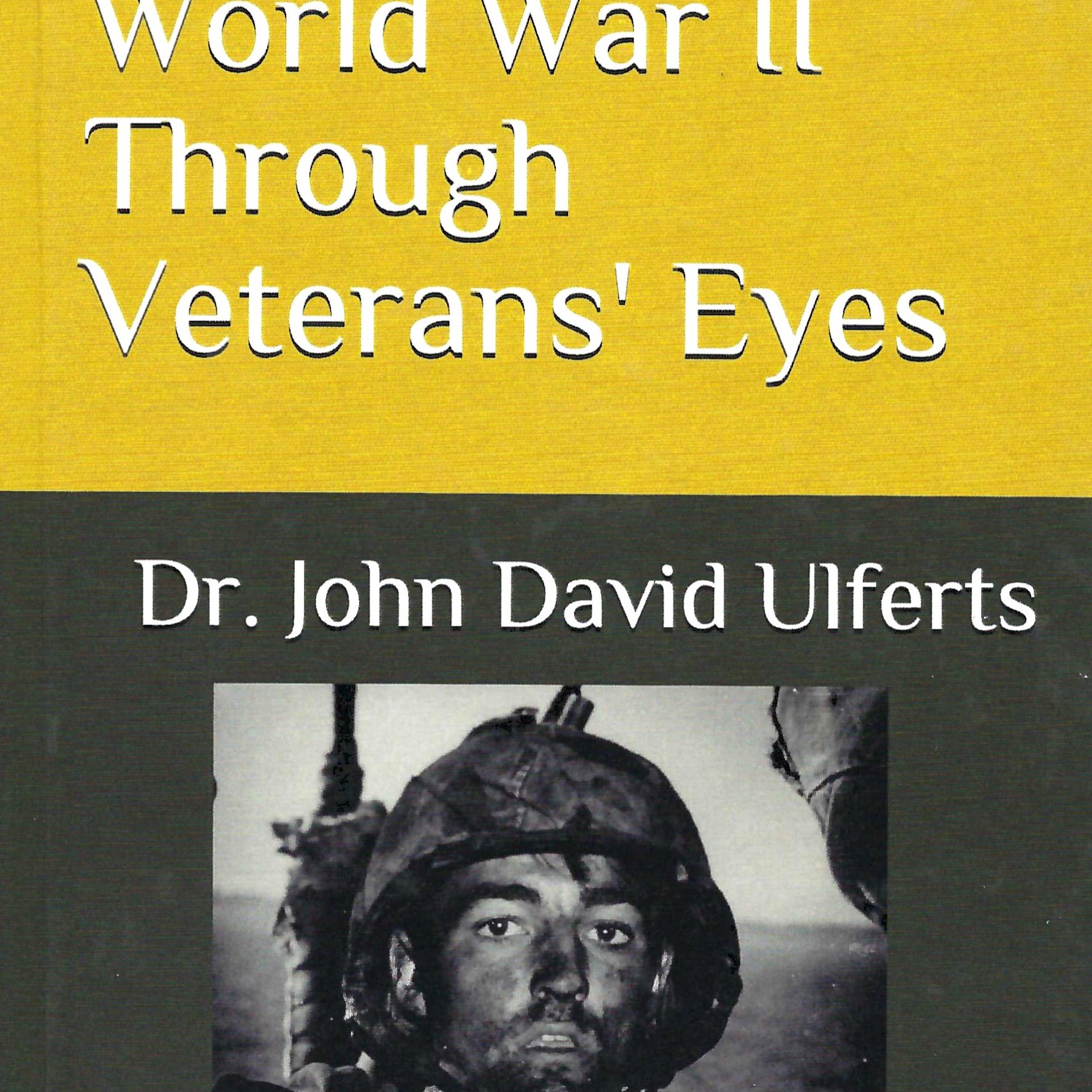
297
Downloads
15
Episodes
World War II was a pivotal moment in world history, when not only the survival of the United States was at stake, but of democracy throughout the world. Had the Allies lost WW II, fascism would have engulfed the world even as genocide would have robbed humanity of its diversity. WW II veterans live again through these short podcasts, which like the accompanying book of the same name, tell their incredible stories of valor and sacrifice. Each riveting podcast tells the story of WW II through the eyes of those who fought it. They were called the greatest generation for a reason. The host invites you to email him at drjohnu64@gmail.com.
Episodes

Saturday Jul 12, 2025
Ep 15 Liberators of the Holocaust Part 1 - Buchenwald Concentration Camp
Saturday Jul 12, 2025
Saturday Jul 12, 2025
Adolph Hitler’s “Final Solution” was carried out in 42,400 concentration camps, ghettos, and forced labor camps spread out throughout Europe. An estimated 15 to 20 million people were murdered in these camps including six million Jews. For the young American GIs who liberated them, the horrors of the Nazi concentration camps far outweighed anything they had experienced in war. Tasked with the welfare, James S. Moncrief was one of the first GIs to arrive at Buchenwald. He quickly reported back to Major General Robert W. Grow, that the horrors he saw at Buchenwald were worse than anything he could have imagined. Robert Muhler stayed at Buchenwald about one week, restoring order and standing guard. He found himself drawn to the skeleton men walking around, and yet repelled. He had never seen such emaciated people. John M. Williams was given a ghastly tour of Buchenwald by one of the inmates, Mr. Bernstein, who showed Williams the various methods the Nazis used to murder Buchenwald’s inmates including inoculating them with disease, crushing their skulls, the gassing method, shooting, and the nail method. Seeing a dead soldier didn’t bother Williams, but the walking dead at Buchenwald were ghastly. After the B-24 bomber he navigated was shot down over France, Art Zander spent seven weeks in hiding, until he was double-crossed by a Frenchman and turned over to the Gestapo. Zander was horrified to learn that instead of being sent to a prisoner of war camp, he was one of an unlucky 870 American soldiers deemed terror fliers by Hitler himself and ordered to concentration camps. At Buchenwald, Zander and his fellow GIs avoided the wife of the camp’s commandant. Nicknamed the Bitch of Buchenwald, she walked around the camp admiring the men’s tattoos. If she saw one she liked, she had them murdered and skinned. Those stories and more in Part 1 of a 3 part episode on Liberators of the Holocaust, the most important podcasts yet in the Always Remember - World War II Through Veterans' Eyes series.
Liberation of Buchenwald


Buchenwald Barracks - Elie Wiesel, Nobel laureate and author of NIGHT is highlighted.

The Nazis experimented on prisoners inoculating them with toxins and disease germs to provide serums for German soldiers


Wooden shoot where prisoners had their heads crushed and their bodies flung down to the basement. Notice the meat hooks where bodies were hung until they stiffened.

Nail Method - Prisoners were lined up next to the wall as an executioner pushed a lever shooting a nail like object out of the wall into the prisoners head killing them

Crematorium - 10 ovens were installed at Buchenwald. The same type were later installed at Auschwitz-Birkenau.
The ashes of the dead were spread in the surrounding area like garbage.


Prisoners were often forced to watch executions

Ilse Koch, the Buchenwald commandant's wife, was a sadist who would wander through the camp searching for prisoners with interesting tattoos. If she saw one she liked, she had the bearer shot and skinned. She made book covers, lampshades, pocketbooks, and bags from the human tattooed skin. After the camp's liberation, her macabre collection was put on display by the GIs so that local residents could see the depths of her depravity.

Ilse Koch, the BITCH of Buchenwald, on trial for war crimes


James S. Moncrief and his wife Jerry. Moncrief arrived at Buchenwald just hours after Captain Keffer found the camp to assess what was needed to care for the liberated prisoners.

Robert Muhler spent a week at Buchenwald caring for the prisoners. He found himself "...drawn to those skeleton men walking around, and yet repelled." He considered what happened at Buchenwald to be a "demonic evil." After the war Muhler became a pacifist and a Presbyterian minister.

In 1946, just one year after he helped liberate Buchenwald, John M. Williams wrote a brilliant, unpublished essay called "Concentration Camp Chaos" for a class he took at Texas Christian University. Williams described the macabre tour of the camp that Mr. Bernstein, an English speaking Jewish survivor of the camp, gave him. Williams is pictured with his wife Phyllis.


No comments yet. Be the first to say something!